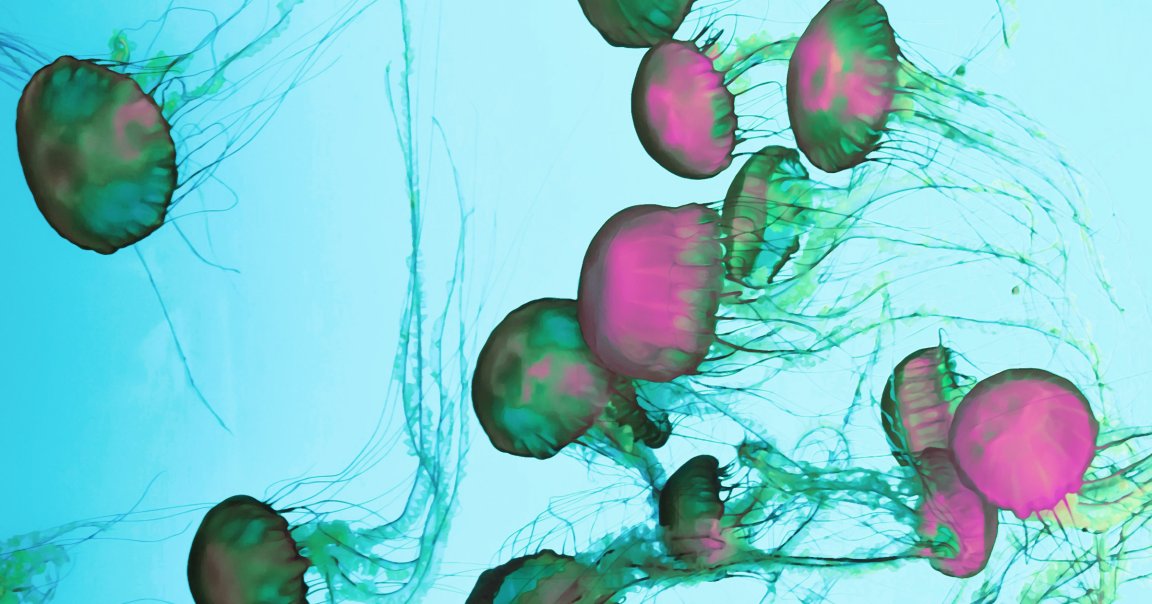
Since its inception, nuclear energy has faced a host of opposition, from oil conglomerates to well-intentioned anti-nuclear-weapons activists to environmental groups. As it turns out, even ocean critters are getting in on the movement.
Over the weekend, a swarm of angry jellyfish forced the Gravelines Nuclear Power Station in France — one of Europe’s largest — to take four of its six reactors offline. As reported by the New York Times, the “massive and unpredictable presence of jellyfish” was first detected in the filters of the plant’s massive ocean water pumping stations, which are used to cool the reactors.
While water-cooled nuclear plants typically have screens preventing ocean life from getting sucked into the cooling system, a large enough swarm of jellyfish can block the screens, rendering the pumps useless. Even worse, the NYT reports, with enough pressure, the jellies can “liquefy into a ‘gel'” and pass through the screen, wreaking havoc on the cooling system itself.
Experts are warning it’s a growing problem as global warming allows the critters to proliferate.
“The issue of jellyfish and power generation disruption remains a global challenge, as blooms of jellyfish are becoming more frequent and widespread due to factors such as overfishing, climate change and increased coastal development,” the Oceanic Invertebrate Research Institute warns on its website.
Indeed, as sea temperature levels rise, massive jellyfish swarms have become a major hazard for marine-based industries and ecological management.
Described opportunistic organisms — a fancy word for pests, if you’re feeling extra cruel about the fascinating invertebrates — ocean jellies can thrive in the kinds of low oxygen, high salt, and high temperature environments that are becoming increasingly common as climate change takes its toll.
Unfortunately for us, the gentle creatures wreak havoc on fishing nets, aquaculture operations, and power plants. A 2015 survey of the socioecological harm of jellyfish blooms along the Northern California current found that 67 percent of commercial fishers had their operations disrupted — and it’s only gotten worse from there.
Another factor increasing the populations of nuisance jellyfish is human settlement and development along ocean coasts. As infrastructure like freight docks, marinas, and wind turbines becomes more commonplace, jellyfish gain access to even more surfaces on which to mature as polyps, the early growth stage before the filter-feeders cut loose and drift into the current.
The NYT notes that the rise of monster jellyfish swarms has had a considerable impact on nuclear plants around the world, causing shutdowns in Japan, Scotland, Israel, and Sweden.
More on marine life: It Turns Out Sharks Make Noises, and Here’s What They Sound Like